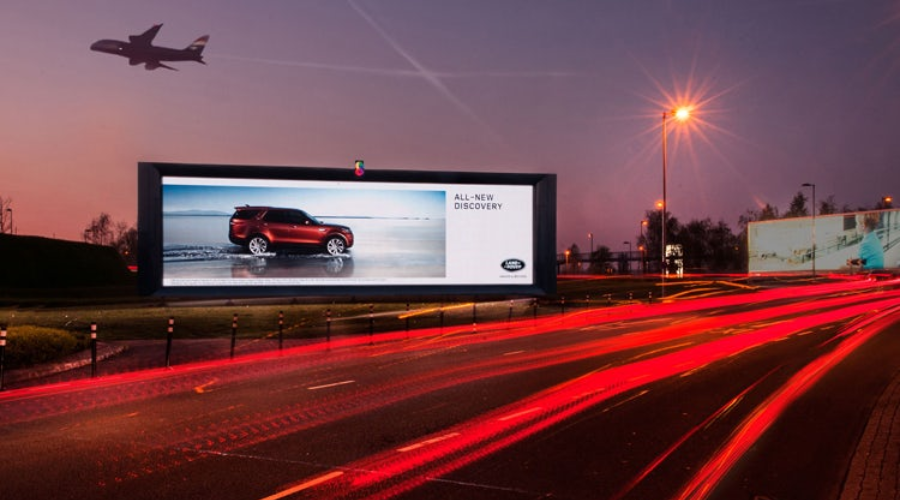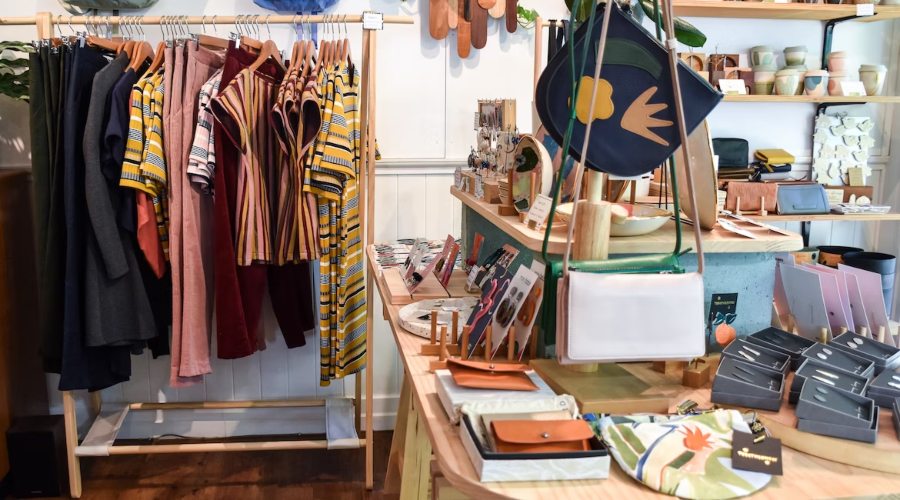Metrics of Digital Outdoor Advertising
Digital Out-of-Home (DOOH) advertising has opened up new possibilities for measuring the impact and effectiveness of outdoor advertising campaigns. However, understanding these metrics can be challenging, especially if you’re new to the digital advertising world.
In this article, we’ll demystify these metrics, explaining what they mean and why they’re important. And, of course, how you can use them to optimize your campaigns.
Impressions: potential eyes on your ads
Impressions represent the potential number of times your ad has been seen or the number of opportunities your ad had to be seen. In the context of DOOH, impressions refer to the estimated number of people who have passed by your ad.
An impression doesn’t guarantee that someone has looked at your ad, only that they had the opportunity to do so. For instance, if your digital billboard is in a location that gets 10,000 passersby per day, that’s 10,000 potential impressions. Impressions are a crucial starting point for understanding the potential reach of your outdoor advertising campaigns.
When analyzing impressions, consider the location and timing of your ad display. An ad placed in a city center during peak hours will likely generate more impressions than one in a quiet suburb. This understanding can guide you in selecting the most optimal locations and times for your ad displays.
Reach: the breadth of your campaign
Reach refers to the number of unique individuals who have potentially seen your ad over a specific period. Unlike impressions, reach aims to identify the total unique audience exposed to your ad.
Reach provides a broader understanding of your ad’s audience. An ad might generate millions of impressions. But, If it’s the same people passing by repeatedly, your reach may be much smaller.
Advertisers can increase their reach by diversifying their ad placements. For instance, placing ads on multiple billboards across a city, or varying the timing of when your ads are displayed, can help ensure that your ads are seen by a larger, more diverse audience.
Frequency: how often people see your ads
Frequency refers to the average number of times each individual within your reach has potentially seen your ad. It’s a measure of repetition, demonstrating how often your message is getting in front of the same eyes.
While impressions and reach give you an idea of the size of your audience, frequency tells you how often you’re connecting with that audience. A high frequency means your audience is seeing your message repeatedly, which can be helpful for brand recognition and recall.
High frequency isn’t always better. Overexposure to the same ad can lead to ad fatigue, causing people to either tune out your message or develop negative feelings toward your brand. Balance is key – you want your audience to see your message enough to remember it, but not so much that it becomes annoying.
Engagement: interactions with your ads
Engagement measures the level of interaction that consumers have with your ad. In DOOH, this could include a variety of actions. Such as scanning a QR code displayed on the ad, visiting a promoted website, or using a hashtag associated with the ad on social media.
Engagement measures show how your audience is actively responding to your message. High engagement indicates that your ad is not just being seen but is also compelling enough to inspire action.
Engagement can often be boosted by incorporating interactive elements into your ad. For instance, adding a QR code that leads to a landing page with more information or a special offer can encourage viewers to interact with your ad. Make sure to track these actions meticulously to accurately measure engagement.
Conversion rates: from viewers to customers
Conversion rate is the percentage of individuals who take a desired action after viewing your ad. This could include making a purchase, filling out a form, downloading an app, or any other action that aligns with the goal of your campaign.
Conversion rates provide insight into the effectiveness of your ad in driving specific consumer behaviors. A high conversion rate indicates that your ad is not only attracting attention but is also persuasive enough to influence consumer actions.
To track conversions from DOOH advertising, you might need to get a bit creative. For instance, you can use unique discount codes, dedicated landing pages, or campaign-specific hashtags to track the actions of consumers who have interacted with your outdoor ads. Make sure that the conversion aligns with your campaign goal – if your goal is to increase brand awareness, tracking downloads of a branded content piece could be an appropriate conversion.
Conclusion
Understanding the metrics of digital outdoor advertising is crucial for campaign optimization. Impressions, reach, frequency, engagement, and conversion rates each provide unique insights into the effectiveness of your ads. By carefully tracking these metrics and adjusting your strategy accordingly, you can increase the ROI of your outdoor advertising efforts and ensure your message is getting in front of the right people, at the right time, in the most impactful way.
If you want to learn more about outdoor advertising, check out these articles:
Maximizing the Effectiveness of Outdoor Menu Display Stands
Key Principles for Eye-Catching Design
Best Practices for Complying with Digital Signage Regulations
There you will find more information about outdoor advertising and creating an appealing design for your potential customers.



